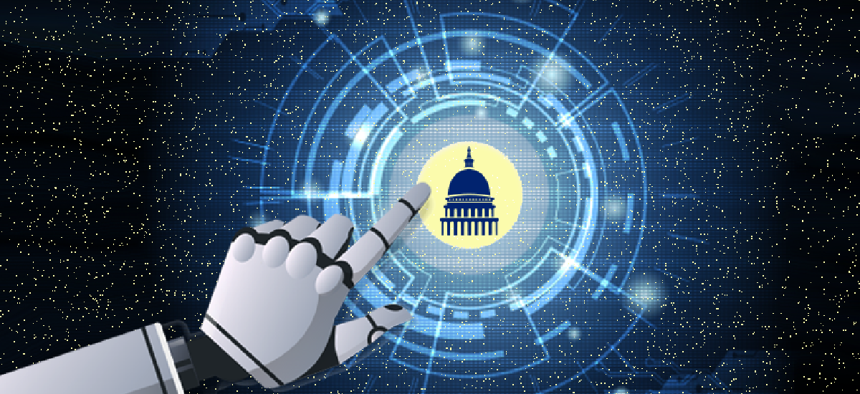
In 2025, artificial intelligence is revolutionizing how governments provide services to their citizens. From expediting application processes to answering public inquiries, AI is helping public sector agencies meet rising expectations while adhering to stringent regulatory, privacy, and accessibility standards.
Unlike private businesses, government entities face unique challenges when adopting AI, such as data sensitivity, digital equity, and legal compliance. As a result, public sector AI implementations require not only cutting-edge technology, but also thoughtful, citizen-centric design.
Wide-Ranging Use Cases in the Public Sector
Governments around the world are leveraging AI to streamline operations and enhance service delivery in areas like:
- Virtual assistants that provide quick answers to common questions about taxes, benefits, and licenses
- Document processing AI that expedites form reviews and reduces backlogs
- Multilingual bots that ensure equitable access for diverse communities
- Predictive analytics that optimize resource allocation based on public needs
These tools alleviate administrative burdens, improve citizen satisfaction, and ensure timely and efficient service delivery.
Striking a Balance Between Innovation and Regulation
Public sector AI must adhere to the highest standards of transparency, accountability, and fairness. Key requirements include:
- Compliance with accessibility laws such as Section 508 or WCAG
- Data governance policies that safeguard citizen information
- Auditability and explainability of AI decisions
- Bias detection and mitigation in automated processes
By meeting these standards, governments can modernize services without compromising public trust.
Real-World Success Stories
A prominent city government deployed an AI-powered assistant to help residents with housing applications. The tool reduced wait times by 60% and improved accessibility with voice support in five languages.
A federal agency used AI to sort and prioritize citizen complaints, resulting in a 35% increase in resolution rates and improved issue tracking across departments.
Final Takeaway
The goal of AI in the public sector isn’t to replace human interaction—it’s to enhance accessibility, responsiveness, and equity. When implemented responsibly, AI enables governments to deliver services that are faster, fairer, and more inclusive.
In 2025, the most effective public sector AI strategies will be rooted in compliance, transparency, and a deep understanding of citizen needs—because trust is the most important outcome any government can deliver.
Ready to Elevate Your AI Strategy?
Sign up for a free trial today and experience how AI can transform your customer support, optimize your processes, and increase efficiency!
Start Your Free Trial
